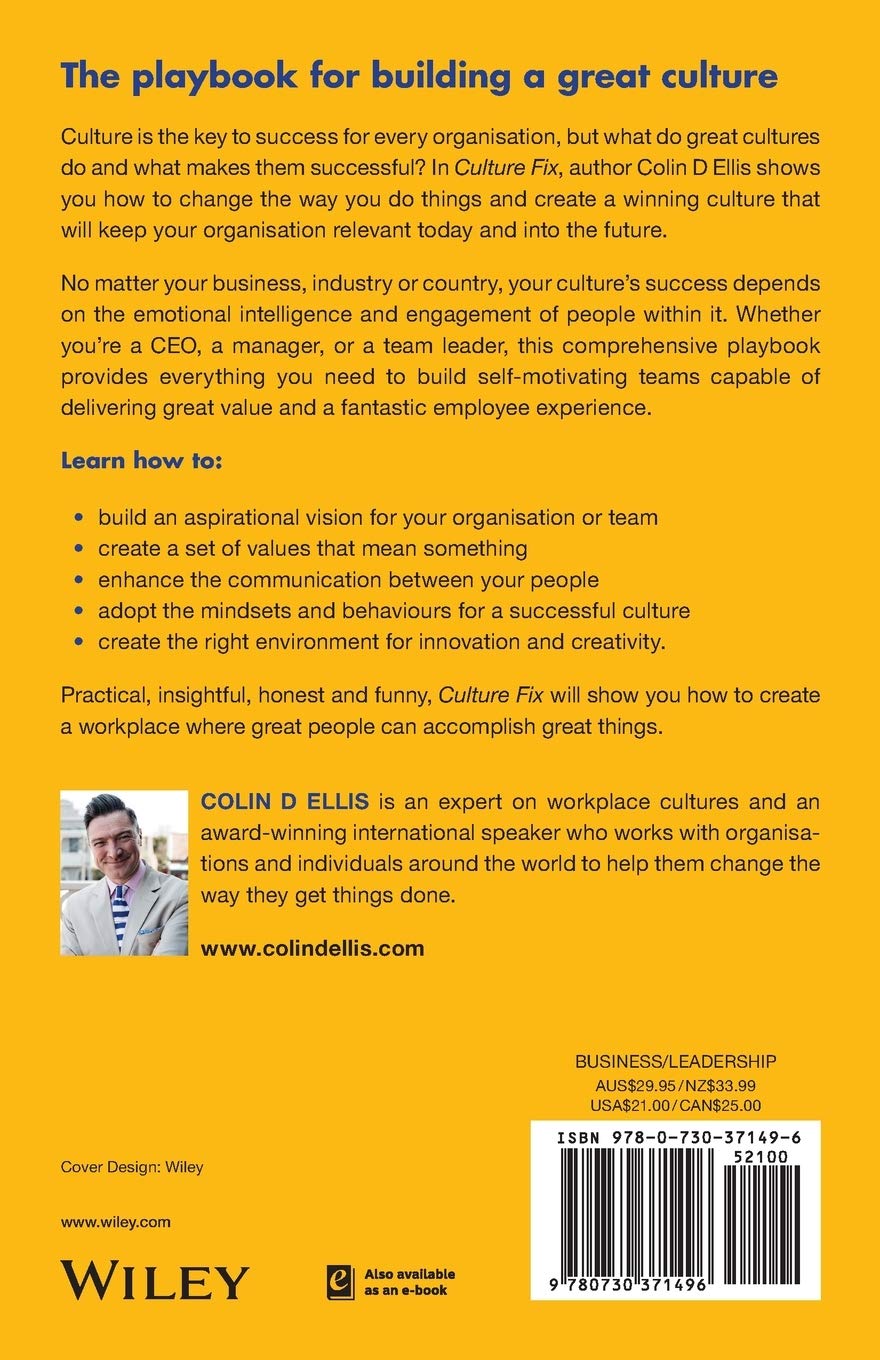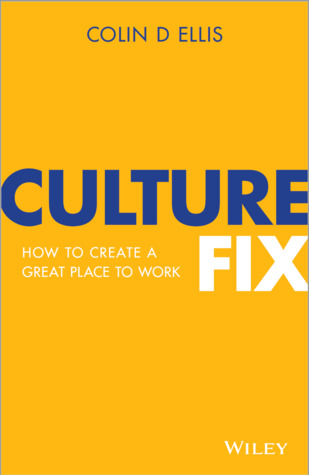You want progress? Improve your process …
By Michael Reid >>
IS THERE A BOTTLENECK in your business that slows the flow from attracting interest to serving customers effectively? Is there a task you consider a ‘necessary evil’ in the course of your work? Is there a question your customers frequently ask but is never answered to their full satisfaction?
If you answered ‘yes’ to any of these questions, you may have an issue with one of your processes.
Almost every business has inefficiencies that cost time, money and opportunities. Often, business growth plans ignore process problems that could be fixed.
But sub-optimal processes can cost you customers, drain your time, frustrate your staff and slow your business growth. Not to mention that as you scale up, the problems often become bigger and more obstructive as well.
The problem with ironing out a process is that it often takes time and money to diagnose the issue and develop a viable long-term solution. There’s a case for investing in streamlining your processes, however: making an essential step or regular task in your business smoother or less troublesome offers the most benefit to your business because it offers improvement gains over a long period.

BAD PROCESSES AN OPPORTUNITY COST
Here’s a situation I’m intimately aware of: a supplier opened a trading account with a substantial credit limit – $500,000 – for a client.
The client asked if there was an on-boarding process to deal with ordering, rebates, credits, payments, accounts, pricing support and so on, but the answer was ‘no’ – the supplier’s only communication was to email the client their account number.
Things did not improve. This industry attracts rebates and has pricing support for major customers/projects, but the client was unaware of the necessary manual processes. The supplier’s credit department issued a ‘stop trading’ notice as they believed full payment had not been made.
This repeated itself over months until the frustrated client and the equally frustrated credit department reached a crisis point. The client then contacted some of the supplier’s other customers and found this to be standard practice – ‘you just have to work it out’.
At this stage, the client took the initiative. Armed with all the evidence and communication, they met with the supplier’s CEO to explain how things weren’t working.
The cost of this ongoing problem with the credit department was substantial and varied, from the $500,000 client closing their account and taking their business elsewhere, to the substantial labour costs of having the credit department rework credits and rebates, which were never reflected on the bottom line.
To their credit, the supplier hired a professional consultant to create an on-boarding process, complete with documentation and checklists.
The true cost over the years is unaccounted for because the problem had gone undetected for a long time.
How many other clients had taken their business elsewhere because of this issue? What was the opportunity cost of tying up the credit department with unnecessary work?
IDENTIFY THE ISSUE
The hardest part is diagnosing the problem. Because you go through the process every day as part of business-as-usual, it can be difficult to see what might cause angst for your staff or customers – they are likely to have accepted it as ‘the way things are’.
Look at the experience from your customer’s point of view. If you suspect there is a flaw, the first step is to ask them for feedback on what the process has been like for them.
I’ve found this to be an eye-opener.
Next, turn to your staff to find their pain points. Be aware that they might be using workarounds, which can be band-aid solutions that conceal the core issue.
Human nature may also cause them to minimise the issue, in case they are blamed for a breakdown or a poor process.
Data may also shed light on trends and identify inefficiencies. For example, if you are a service business, assess how your staff spend their time and see where efficiencies can be created. Track the journey of a new business enquiry to see where potential customers might drop off, get frustrated, or require a lot of your team’s time unnecessarily.
If you run a physical store, track which days and times are your busiest and then roster your staff accordingly to prevent paying for staff to do little, or being overwhelmed during peak when customers who wait too long may never return.
Sometimes the problem is industry wide. Perhaps the process was created in a different era and inherited without question by subsequent businesses in that industry. The drive for innovation is often about asking ‘why do it that way?’
COLLABORATE ON A SOLUTION
Once you’ve identified the issue, you need to collaborate on the solution. Because the process will affect a lot of people, involving these stakeholders to develop a fix will go a long way to making it work for all of them.
This prevents you from developing a ‘solution’ that makes things easier for the customer but harder for your team or vice-versa.
You may wish to turn to an outsider at this point. Specialist consultants in process improvement are few, but they give a big-picture perspective and ask, ‘why do it that way?’
Sometimes it is better that they aren’t attached to the detail and to the frustrations and aren’t likely to be defensive. Focus on solutions rather than complaining about the problems and you’ll come up with some excellent ideas.
Bring in your team at the fine-tuning stage to make sure the ideas will be do-able and are tailor-made to what they need to do their best work. This step also attains their buy-in; no one likes being told to change without having a say in how.
If, like me, you realise that the solution has a wider application beyond your business, then you have the opportunity to create a new business from your innovation.
This is what led me to develop the Measure & Quote app, which solves an industry-wide problem.
I noticed that measuring by tradies, using the traditional method, takes an average of 45 minutes on-site, plus all the time spent back at the office calculating and generating the quote.
So I created an augmented reality app that shaves that time down to just a few minutes and can accurately measure, calculate supplies and draw up quotes all in the same place.
Process improvement is not as glamorous as business development, but getting your processes as smooth and efficient as can be is essential to business growth.
Any cost savings will be multiplied over the long term and having sound processes will give you a strong foundation to pursue new opportunities as your business expands.
About Michael Reid
Michael Reid has worked in the building industry for two-and-a-half decades and has been at the helm of AILD buying group for the past 10 years. Under his leadership, AILD has enjoyed tenfold growth as the group continues to improve ordering efficiencies between manufacturers and distributors. Michael Reid is a thought leader, director and visionary entrepreneur.
He is also the founder of the newly launched app, Measure & Quote AR, which is aiming to change the future of construction estimation.
ends














